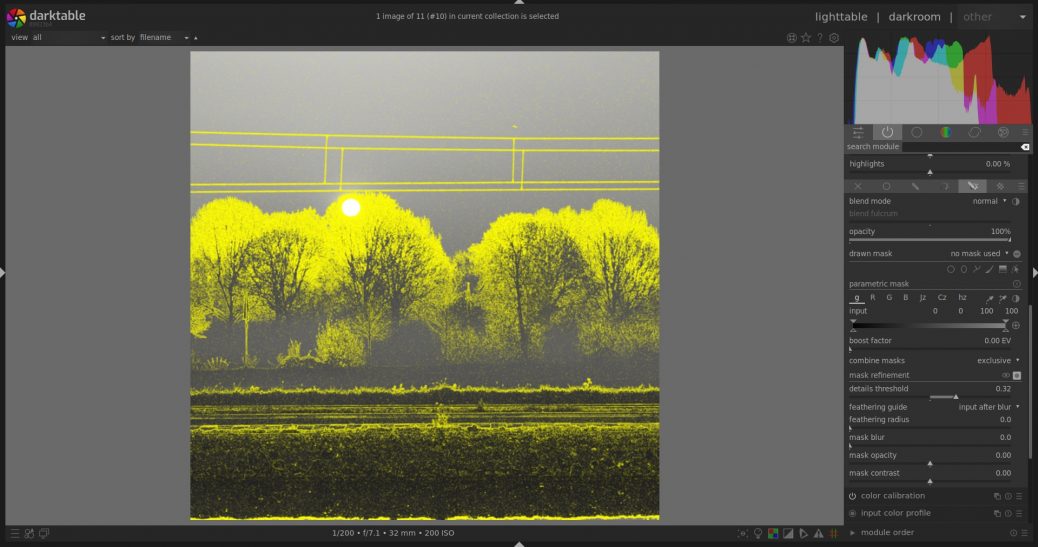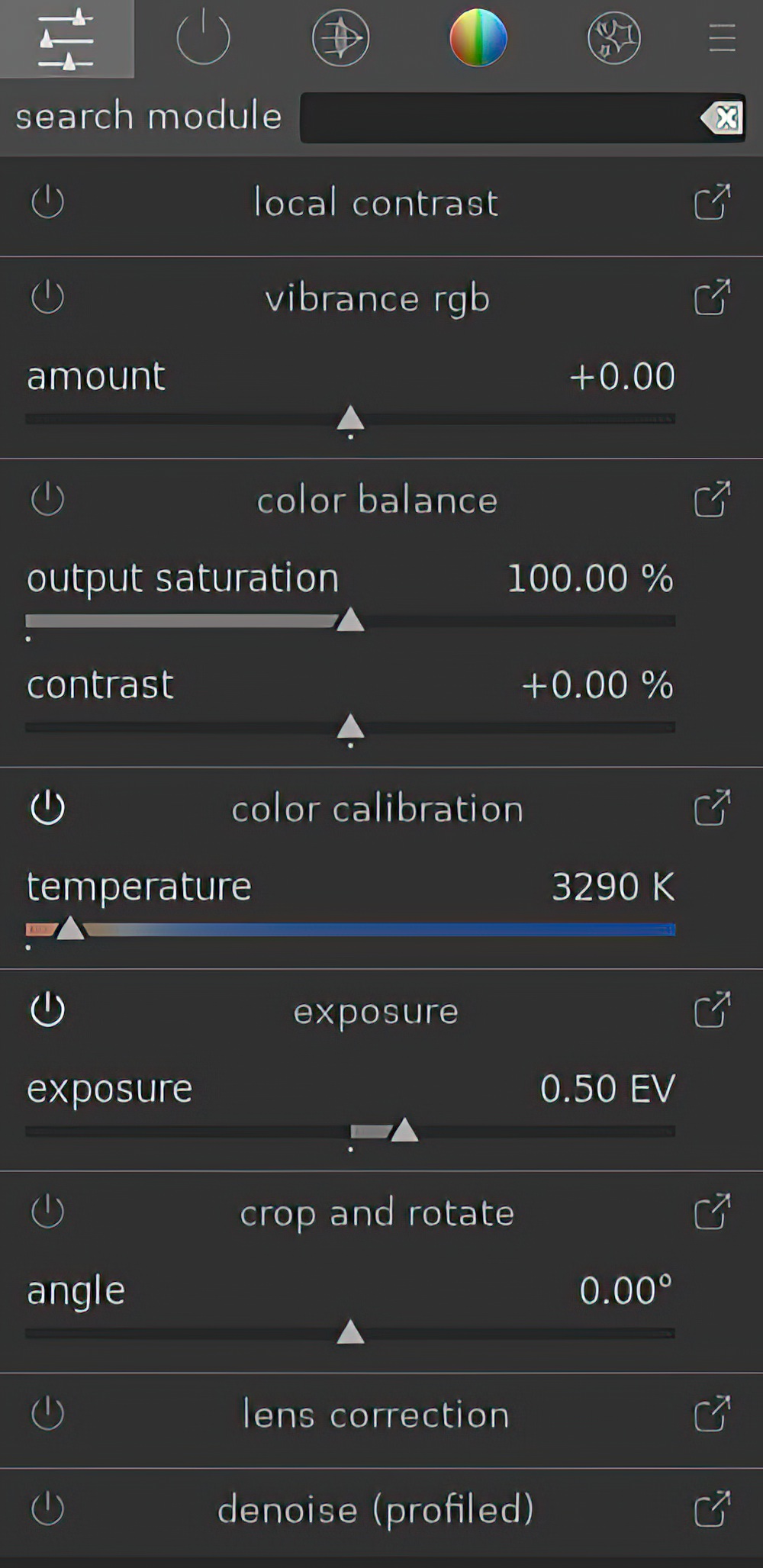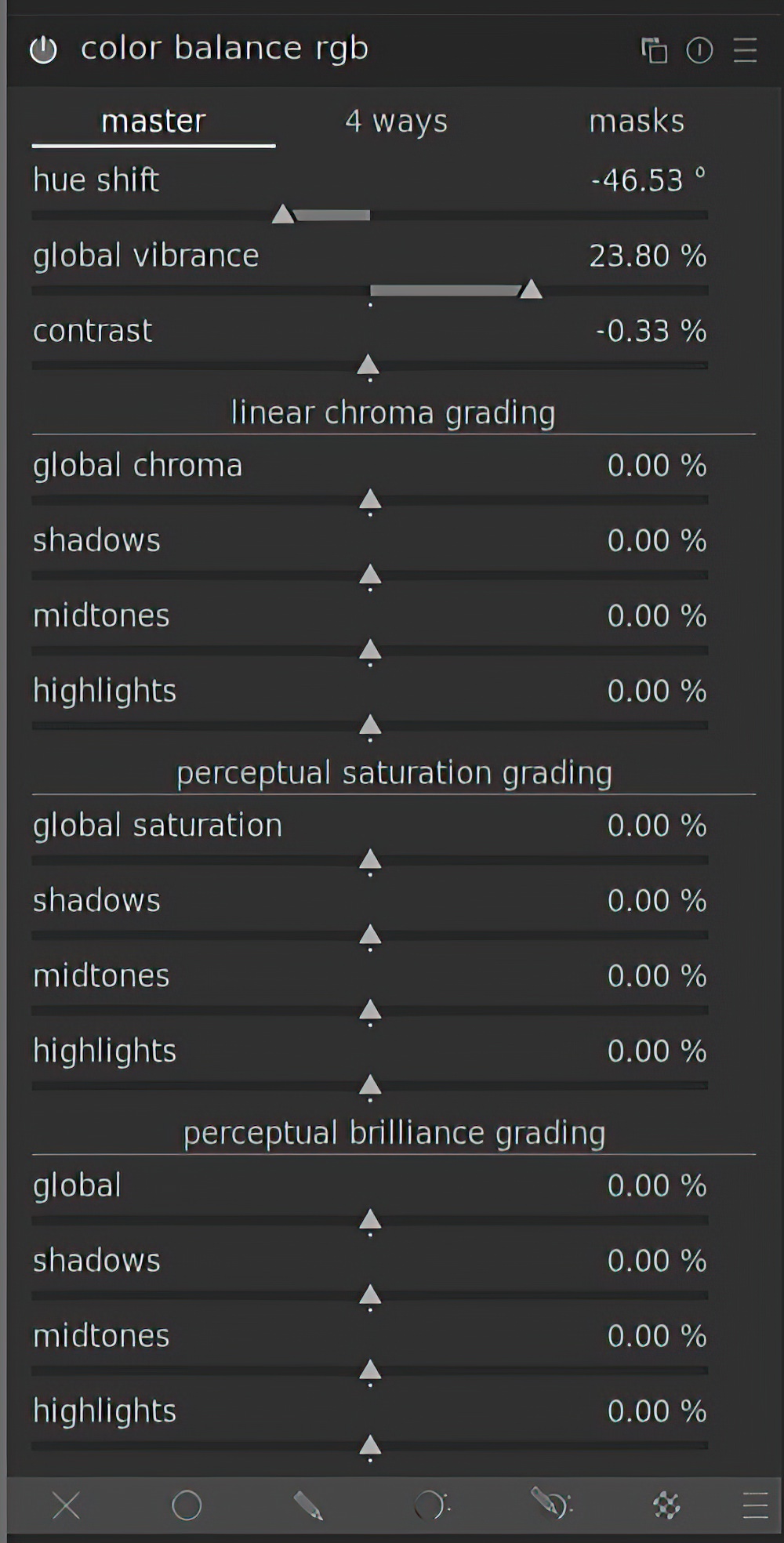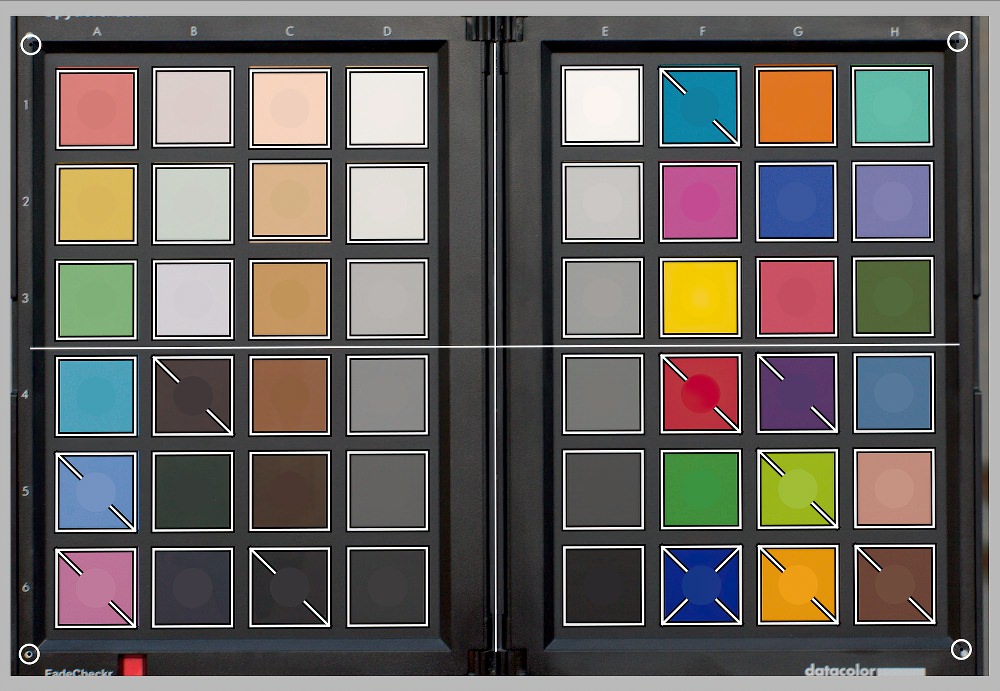Open-Source Raw Developer Darktable 3.6 Released
Darktable is an open-source photography workflow application and raw developer intended to be a virtual light table and darkroom for photographers.
The darktable team has announced its second summer feature release, bringing darktable to version 3.6. The latest update is the first of two planned feature releases, with the second intended to come out this winter. Darktable hopes to release a pair of major updates each year.
Version 3.6 adds numerous new features to the app. First up is the new Quick access panel, a replacement for the old basic adjustments module, and more. The Quick access panel includes a new interface that combines existing processing modules into a unified layout. Users can add controls from any module to the quick access panel, promising improved usability. A further improvement is the ability to add and remove modules from a module group quickly.
Darktable writes, ‘Now that scene-referred image processing is virtually feature-complete in darktable 3.6, scene-referred is now the default workflow. The legacy workflow can still be manually enabled in the preferences.’ Alongside the new image processing, there’s a new interpolation method, dubbed ‘safe.’ It’s the new default to build the characteristic ‘S’ shaped tone curve. It uses a rational polynomial, similar to the Michaelis-Menten equation, ‘which prevents the under- and over-shooting that can sometimes occur with high contrast and latitude when using the ‘hard’ and ‘soft’ interpolation methods.’
The Color balance RGB module introduces several innovations to improve color editing. The module prevents users from pushing colors outside of the valid working range when editing. It also uses luminance masks to split the image into shadows, highlights, and midtones, allowing each to be color-graded separately.
The Color balance RGB module also includes what darktable calls real saturation. This setting ‘honors the Munsell and CIE (International Commission on Illumination) definition of saturation: colorfulness relative to lightness. It is important to note that, what 99% of software calls “saturation” is actually a setting that alters chroma (colorfulness irrespective of lightness). While desaturating (in real saturation) also brightens and allows you to reach pastel colors (red degrades to pink), chroma reduction takes place at constant lightness and allows you only to reach a shade of gray with the same luminance (red degrades to gray), which is quite unpleasant and inconsistent with painting. A chroma setting is also provided. Both saturation and chroma settings can be tuned globally and separately for shadows, midtones, and highlights, using the luminance masks.’
A new Ratio-Corrected Demosaicing (RCD) algorithm has been added to the demosaic module for Bayer array sensors. This is essentially an improvement over the AMaZE method, offering almost the same amount of detail recovery but with fewer artifacts. Notably, low-ISO and astrophotographs will be smoother and noise will appear less grainy. This method is also significantly faster than AMaZE and an OpenCL version is provided for GPU execution.
To take advantage of the strengths of different demosaicing methods, new “dual demosaicing” modes have also been added, similarly to RawTherapee. This allows the use of different algorithms on different parts of the image, depending on content.
More info on the Darktable’s website.




